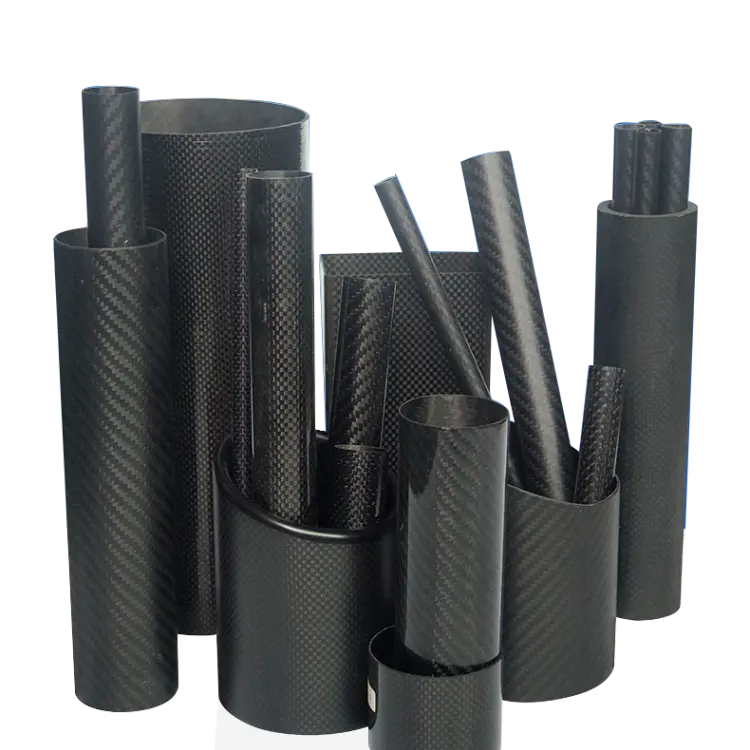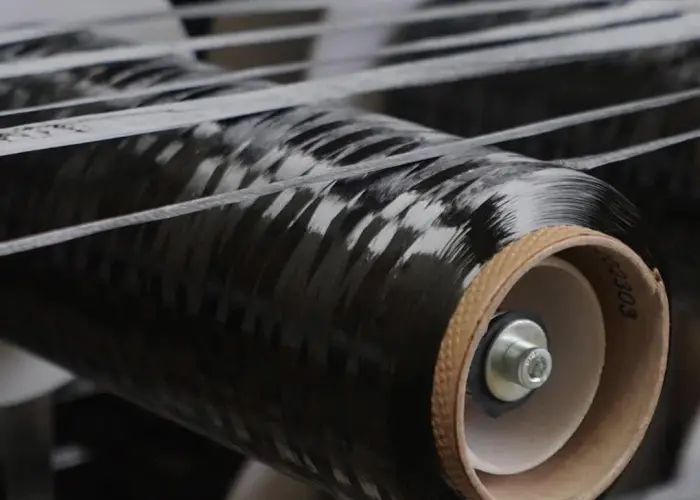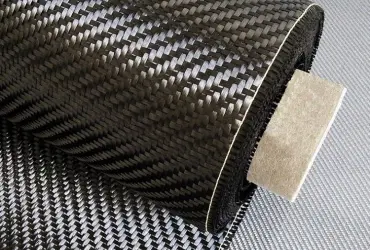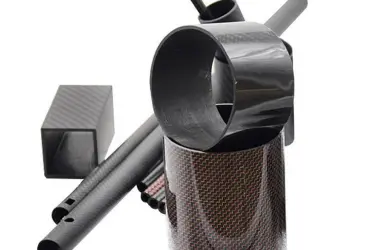From “Roll-Wrapping” to “Filament Winding”—How Much Does the Process Affect Tube Performance?
Author: AOHONG Carbon Fiber Technology Center
1. Why Manufacturing Process Determines the Performance Ceiling
The core advantages of carbon fiber round tubes—lightweight, high strength, and corrosion resistance—do not come naturally. Instead, they are determined by a synergy of fiber orientation, resin system, and forming process. Today, three mainstream manufacturing routes exist: roll-wrapping, filament winding, and 3D braided RTM. For tubes with the same dimensions, mechanical properties can differ by over 30 % depending on the process used.
2. Comparison of Three Major Manufacturing Processes
| Category | Roll-Wrapping | Filament Winding | 3D Braided RTM |
|---|---|---|---|
| Fiber Orientation | 0°/90°/±45° prepreg layup | Circumferential 80–90° + axial 0° | 3D five-directional 0°/±45°/90° |
| Resin Content | 38–42 % | 35–40 % | 32–36 % |
| Common Defects | Interlaminar delamination | Cross-fiber voids | Resin-rich areas |
| Wall Thickness Tolerance | ±0.05 mm | ±0.1 mm | ±0.15 mm |
| Applicable Diameter | 4–120 mm | 10–300 mm | 20–200 mm |
| Cost Factor | 1× (baseline) | 1.2× | 1.5× |

3. Measured Mechanical Properties
Roll-Wrapped Carbon Fiber Round Tubes
(T700-12K, Ø30×2 mm)
- Tensile Strength: 820 MPa
- Compressive Strength: 240 MPa
- Tensile Modulus: 50 GPa
Filament-Wound Carbon Fiber Round Tubes
(T800-12K, Ø30×2 mm)
- Circumferential Strength: 893 MPa (theoretical) vs 820 MPa (actual)
- Axial Compressive Modulus: 51.8 GPa
- Failure Mode: Brittle fracture, break occurred ~1/3 from the end
3D Braided RTM Carbon Fiber Round Tubes
(T700-3D, Ø30×2 mm)
- Room-Temperature Impact Compression Strength: Increases with strain rate
- At 140 °C: Strength drops 25 %, with resin softening and interface debonding
- Failure Mode: Transitions from fiber breakage (normal) to interface debonding + resin softening (high-temp)
4. Process–Performance Mapping
- Roll-Wrapping: Highest dimensional precision; ideal for drone arms and robotic linkages
- Filament Winding: Best hoop strength; suitable for pressure vessels and rollers
- 3D Braided RTM: Excellent impact and delamination resistance; ideal for underwater buoyancy modules and aerospace brackets
5. Selection Guidelines
- High precision, small-to-medium diameter: Choose roll-wrapping with T700 prepreg
- High hoop loads: Use filament winding with 85° circumferential plies
- Extreme impact or high temperatures: Go for 3D braided RTM with toughened epoxy
6. Conclusion
A carbon fiber round tube is not just a tube—it’s a system of material, process, and design. Choosing the right manufacturing process can boost performance by over 30 %, while a poor choice can instantly erase the material’s inherent advantages. Let data speak, and ensure every carbon fiber round tube is matched to its real-world application.





